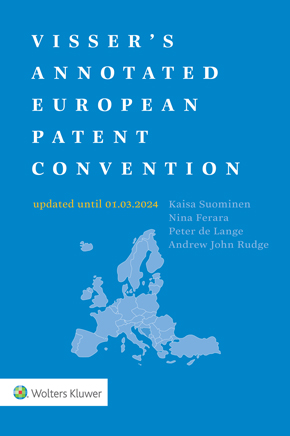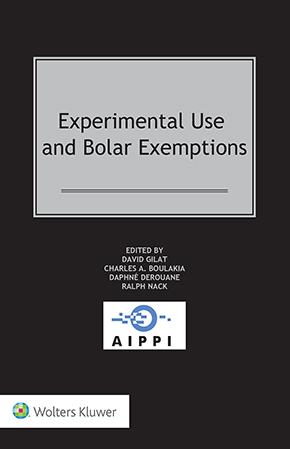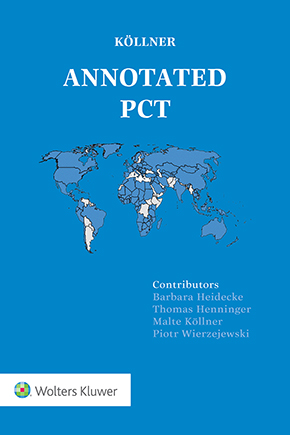SHARED OWNERSHIP OF PATENTS AND THE CHALLENGES OF CO-OWNERSHIP UNDER BRAZILIAN LAW
September 7, 2025
In an increasingly collaboration-driven innovation landscape, it is common for inventions to arise from joint efforts among universities, companies, and research centers. This reality calls for reflection on a technical topic of growing practical relevance: the co-ownership of patents. How has the Brazilian legal system addressed the shared ownership of industrial property rights?
The answer to these questions involves understanding the tensions between the classical model of individual property and the new forms of collective ownership applied to intangible assets such as patents. This article explores the topic through legal, doctrinal, and jurisprudential foundations, highlighting challenges, legal gaps, and possible solutions to ensure legal certainty and balance among co-owners, without compromising the rights of good-faith third parties.
Patents as a Form of Property
Although the Federal Constitution uses the term "privilege" when referring to the protection of industrial inventions (art. 5, XXIX), the legislation opted to treat the patent as a form of property, even if intangible. The Industrial Property Statute (Law No. 9.279/1996) grants the patent holder the exclusive right to prevent third parties from economically exploiting the invention without their consent (art. 42).
From the perspective of the Brazilian Civil Code, patents fall under the category of intangible assets, which can be subject to possession, use, enjoyment, and disposal. In practice, however, patent co-ownership operates as a form of joint ownership of intangible rights, analogous to condominium rules in civil law, requiring joint exercise of rights by the co-holders, unless otherwise agreed.
Under the IP Statute, patents are considered a form of intangible property. Article 6 expressly allows joint ownership, while Article 42 grants co-owners the right to exclude third parties from unauthorized use. Since the IP Statute provides only a general reference, the Civil Code rules on condominium (arts. 1,314–1,322) apply subsidiarily. This approach treats patent co-ownership as a form of indivisible property, where each owner holds an ideal share but cannot unilaterally dispose of or exploit the right without considering the others.
The exercise of multiple ownership requires cooperation, transparency, and loyalty among the holders. Since a patent is indivisible, each co-holder holds an ideal fraction of the right over the whole asset, which means that any act of disposal (such as assignment) or assignment or licensing must, as a rule, be carried out with unanimous consent.
Problems arise when one of the co-holders economically exploits the patent without notifying or compensating the others, or when they unilaterally sign licensing agreements. In such cases, Brazilian jurisprudence has reaffirmed that direct and individual use of the invention does not, by itself, constitute wrongdoing, provided it does not involve granting rights to third parties. However, this does not apply to licensing, which, although it does not transfer ownership, does grant exploitation rights to third parties and therefore requires the approval of the other holders.
Judicial Recognition of Co-Ownership and Its Effects
Many conflicts concerning patent co-ownership stem from situations in which a single individual or entity files the application while omitting the inventive contribution of another co-inventor. In such circumstances, the judicial acknowledgment of co-ownership operates as an instrument of corrective justice, reestablishing the equitable distribution of proprietary rights and restoring the patrimonial equilibrium between the parties.
A landmark case analyzed by the Federal Court of Rio de Janeiro (25th Federal Court of Rio de Janeiro – Case No. 5020252-52.2018.4.02.5101) recognized the co-ownership of a patent after examining the technical contribution of all members of a research group, even in the absence of unequivocal documentary proof of co-inventorship. As a result, the court ordered the inclusion of the omitted co-inventor in the patent certificate and allowed him to continue using the invention economically until formal ownership regularization.
One of the most delicate points in case law is the opposability of co-ownership to third parties, particularly in situations where licensing agreements (i.e., contractual grants of exploitation rights) were signed before the judicial recognition of shared ownership. This scenario creates an apparent conflict between the rights of the excluded co-owner and the rights of good-faith third parties, who entered into agreements based on the presumption of validity of the patent registration before the Brazilian Patent and Trademark Office (BRPTO).
In a 2025 decision, the São Paulo Appellate Court (Appeal No. 1009924-72.2020.8.26.0100) adopted a conciliatory position, recognizing the validity of licensing agreements entered based on public records. The court based its reasoning on the doctrine of appearance and the principle of legal certainty: if a third party relied in good faith on public registration and had no means of knowing about another rightful holder, they should not be penalized.
Internally, however, among co-owners, the effects of judicial recognition are retroactive, allowing for possible compensation or revision of profits earned exclusively by one of the holders. This dual dimension of co-ownership is essential for preserving both justice among co-owners and the stability of legal transactions involving third parties.
A New Contractual and Collaborative Culture
Jurisprudence reveals a common factor in patent co-ownership disputes: the lack of specific contractual provisions between co-inventors. In the context of multidisciplinary research and interinstitutional cooperation, it is essential for partners to sign preliminary agreements governing ownership, exploitation, and royalty distribution, avoiding future disputes over inventorship and title.
Such agreements should provide, among other points, mechanisms for the proportional division of ownership, clear procedures for licensing or assigning the patent to third parties, methods for dispute resolution, and policies regarding the individual use of the invention.
Conclusion
Patent co-ownership in Brazil remains poorly regulated and underdeveloped in legal scholarship, requiring reliance on the Civil Code and judicial precedent to resolve practical conflicts. The subsidiary application of condominium rules has been useful, but it fails to fully capture the peculiarities and ubiquity of industrial property rights, which combine patrimonial, technological, and innovation-related dimensions.
Beyond legal norms, the real challenge is to promote a culture of cooperation, one that recognizes the complexity of collective invention processes and helps prevent disputes through clear contracts, transparency protocols, and alternative dispute resolution mechanisms.
In an era of transnational partnerships, the future of innovation depends on legal certainty in the shared management of patent rights. When well-regulated and exercised in good faith, co-ownership can be a powerful tool to foster collaborative research, enhance collective knowledge, and democratize the benefits of human creativity.
Co-authored by Karlo Tinoco and Daniella Fernandes.
You may also like














